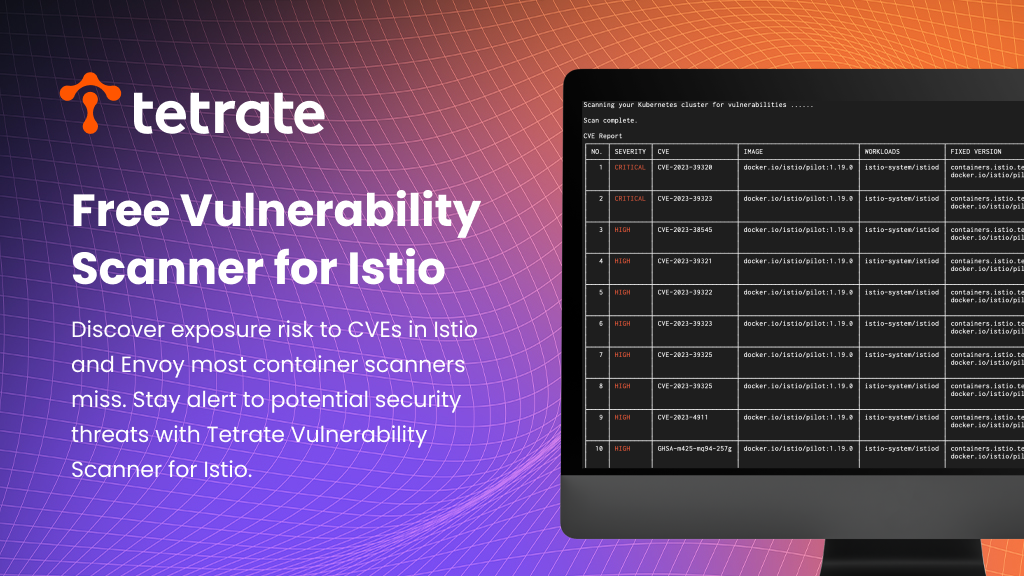
Blog
Subscribe to our blog
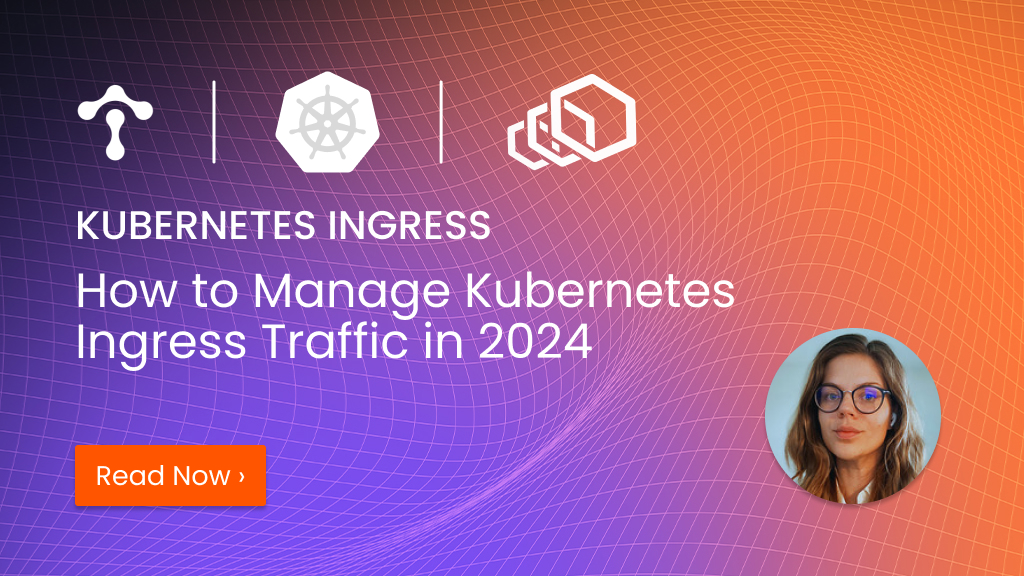
How to Manage Kubernetes Ingress Traffic in 2024
This is the third in a series of articles on Tetrate Enterprise Gateway for Envoy (TEG), the enterprise-ready distribution of Envoy Gateway, the cloud-native service gateway. Get access to TEG…
Read More arrow_forward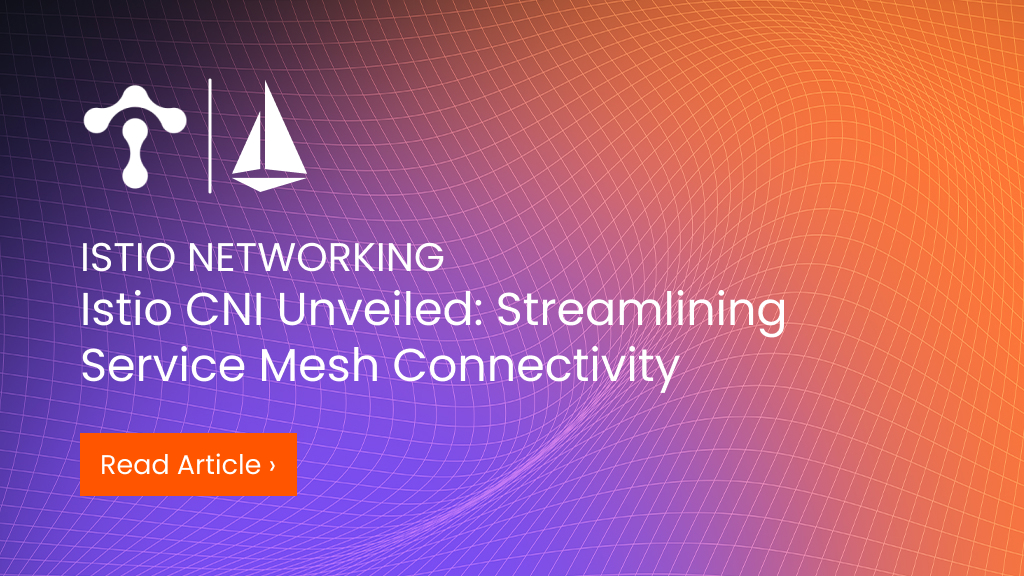
Istio CNI Unveiled: Streamlining Service Mesh Connectivity
This article delves into the design principles, implementation, and how Ambient Mode enhances security and permission management in Istio CNI plugins. The content includes: Overview of Istio Network Requirements and…
Read More arrow_forward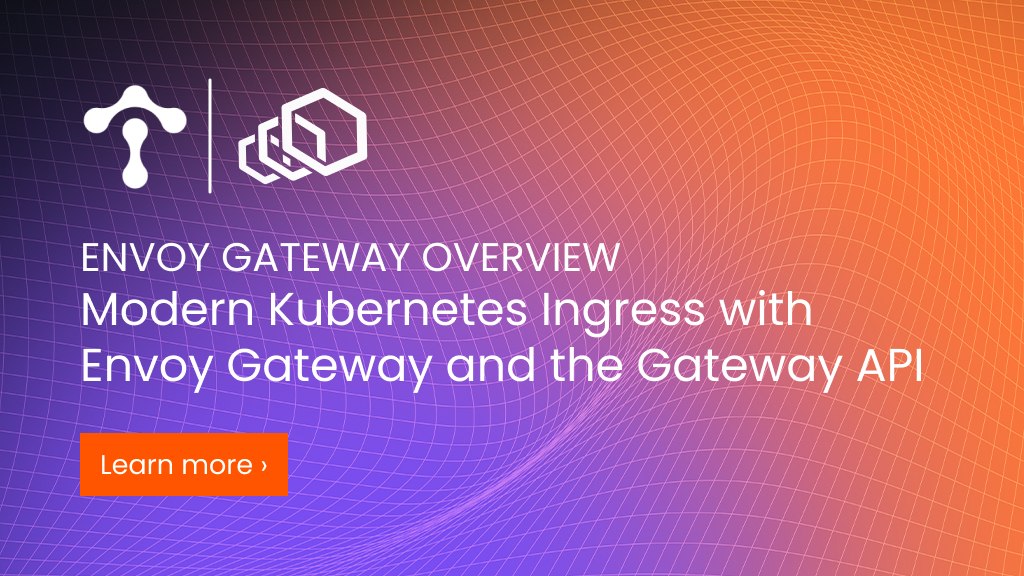
Envoy Gateway Overview—Modern Kubernetes Ingress with Envoy Gateway and the Gateway API
Selecting the right networking tool in a Kubernetes environment is crucial. In a recent post, we’ve discussed the issues involved when choosing between a gateway and. a service mesh and…
Read More arrow_forward
Is Less More for API Gateways? The 80% Case for Envoy Proxy
This is the second in a series of articles on Tetrate Enterprise Gateway for Envoy (TEG), the enterprise-ready distribution of Envoy Gateway, the cloud-native service gateway. Get access to TEG today…
Read More arrow_forward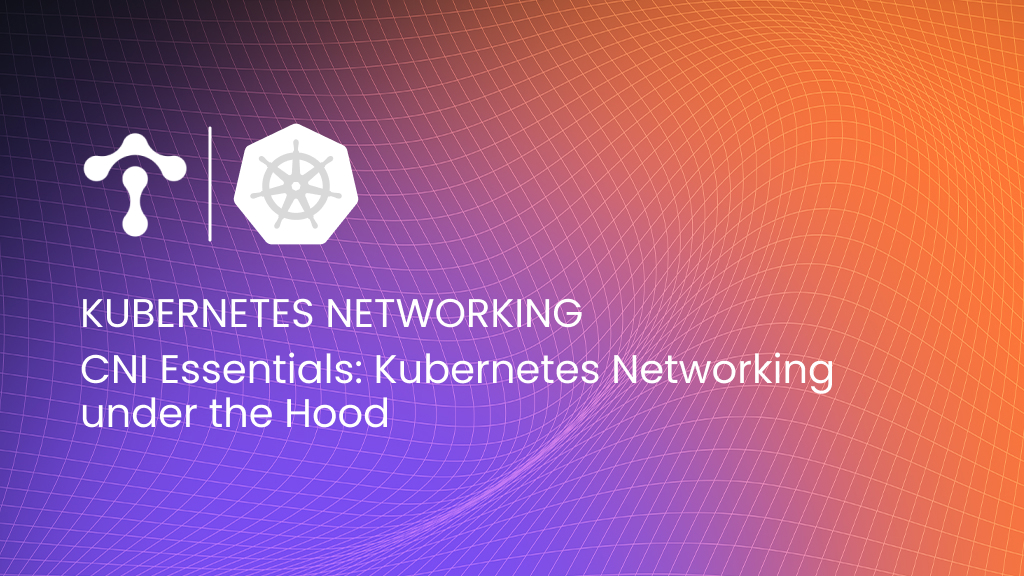
CNI Essentials: Kubernetes Networking under the Hood
Effective management of networking is crucial in containerized environments. The Container Network Interface (CNI) is a standard that defines how containers should be networked. This article delves into the fundamentals…
Read More arrow_forward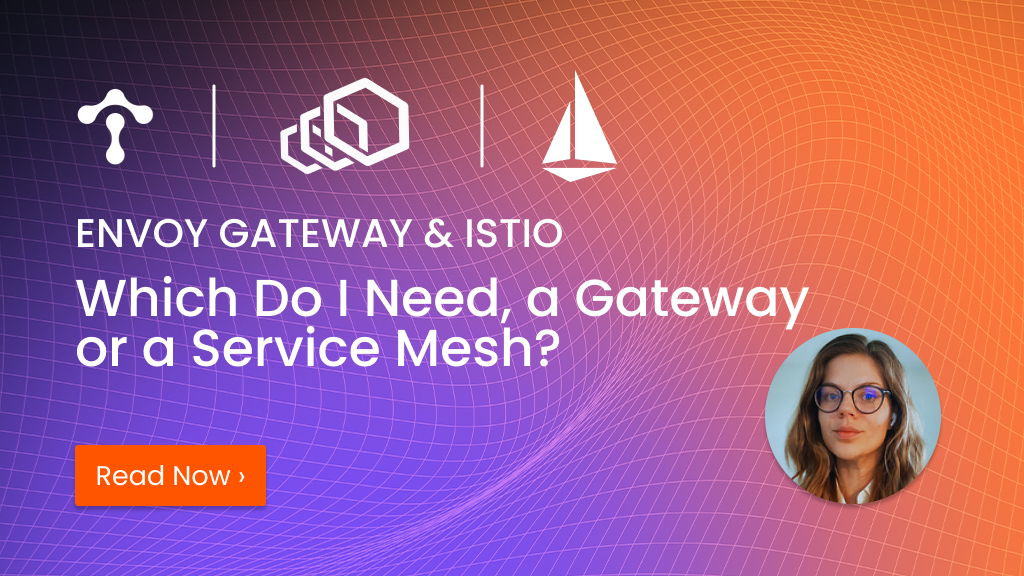
Which Do I Need, a Gateway or a Service Mesh?
This is the first in a series of articles on Tetrate Enterprise Gateway for Envoy (TEG), the enterprise-ready distribution of Envoy Gateway, the cloud-native service gateway. Get access to TEG…
Read More arrow_forward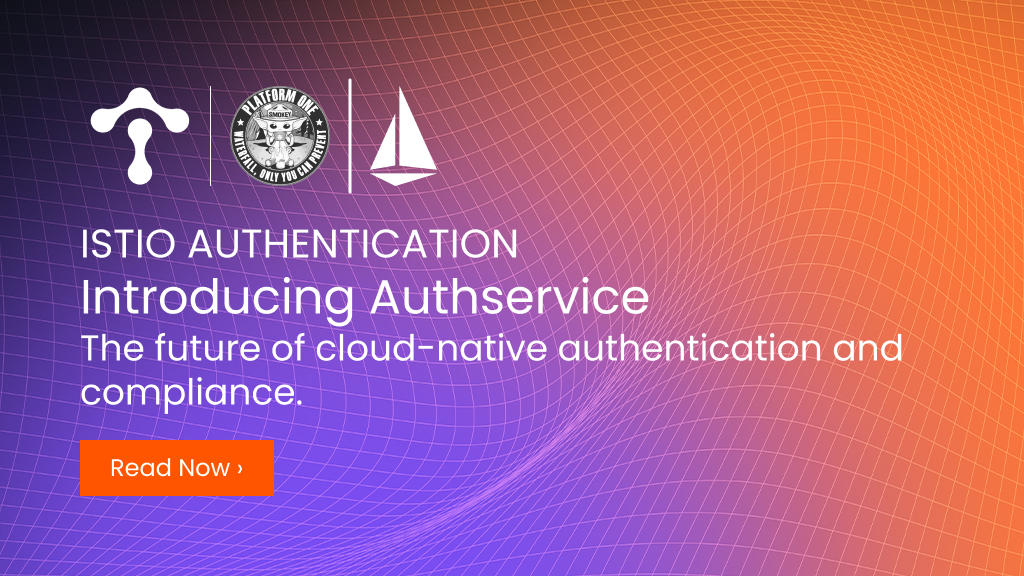
Authservice: the Future of Cloud-Native Authentication and Compliance
In the rapidly evolving landscape of cloud-native technologies, the introduction of Authservice marks a pivotal moment. This groundbreaking open-source project by Tetrate in conjunction with the United States Air Force’s…
Read More arrow_forward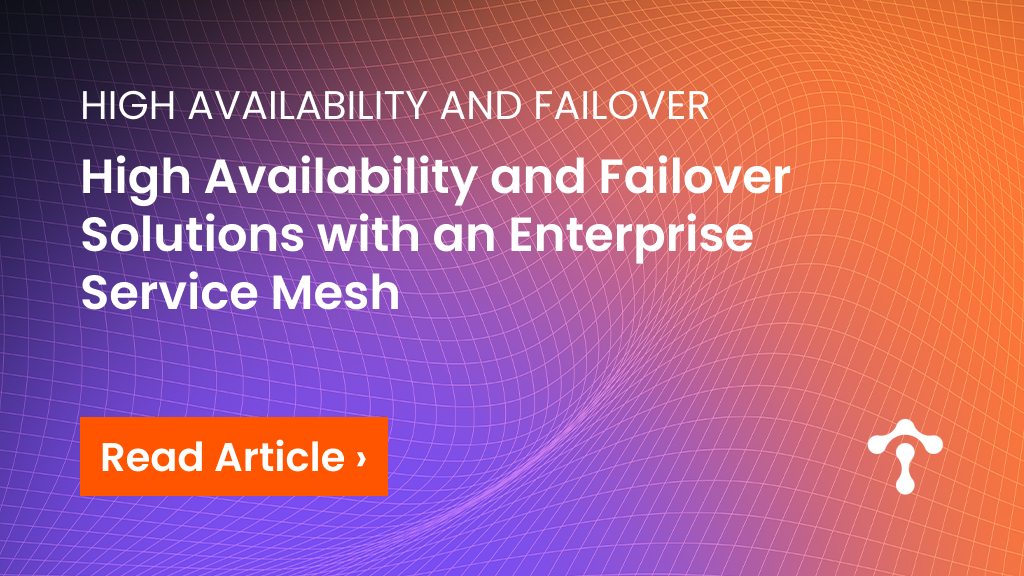
Application High Availability Architecture with Tetrate’s Enterprise Service Mesh
Modern multi-service, multi-cloud applications can be fragile, particularly when running in highly-automated infrastructure with many moving parts. To make them robust in the face of production traffic, you need to…
Read More arrow_forward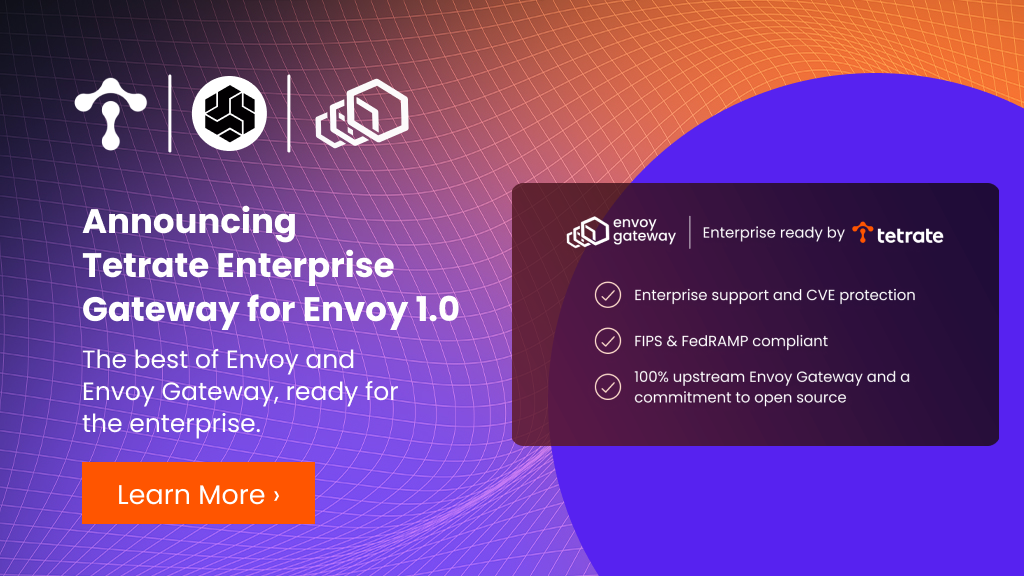
Announcing Tetrate Enterprise Gateway for Envoy 1.0
We are thrilled to announce the general availability of Tetrate Enterprise Gateway for Envoy (TEG), the only 100% upstream, enterprise-ready distribution of Envoy Gateway. Envoy Gateway is the cloud-native service…
Read More arrow_forward